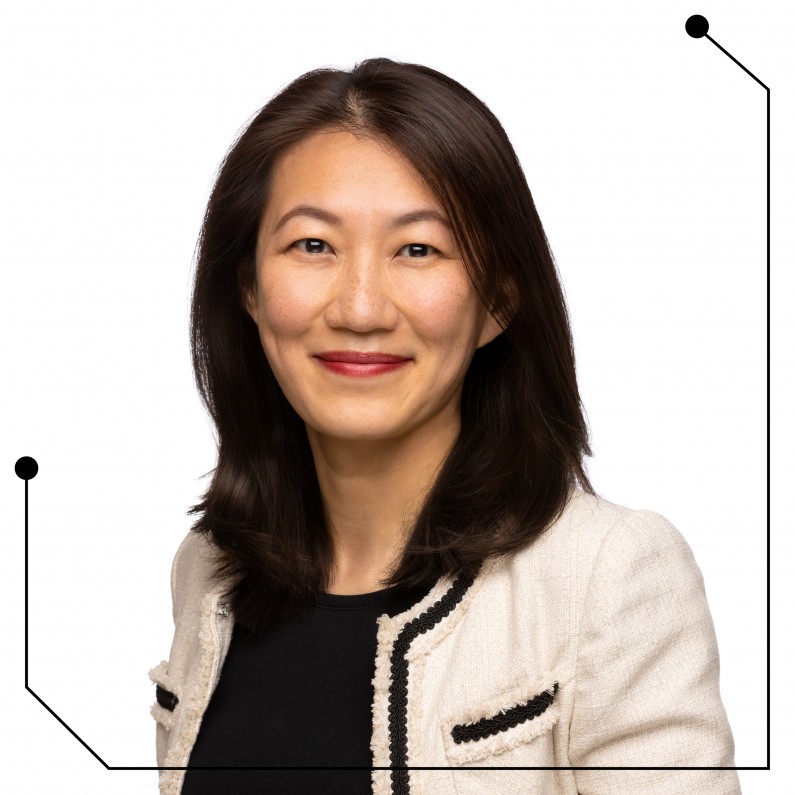In our “5 questions with…” section, we introduce you to our PIABO colleagues and share their expertise in communication and PR strategies. Today: Michelle Liao, International Practice Director. She tells us about her work with international clients, takes a look at the ins and outs of working with Asian companies and looks into the future of international markets.
1. Michelle, you are PIABO’s International Practice Director. Can you give us a brief overview of your work?
Given my background and experience as International Practice Director at PIABO, I am responsible for supporting international clients with integrated communication services in the EU, US, UK and also in Asia. With that in mind, my roles and responsibilities include managing the new international business development and strategic budgeting as well as leading accounts and cross-functional teams to help global clients evolve, promote and protect their businesses within budget.
The team and I create critical success factors including websites and key marketing materials in Chinese for PIABO. And last but not least, I facilitate intercultural workshops and meetings to bring Asia and Germany closer.
2. What are the specifics of working with international clients?
It is very crucial to speak the same language, to never assume everyone is on the same page, and to be curious about what more I can do for the clients’ success in their target markets. By “language” I am not referring to which language is spoken – e.g. English, German or Chinese – rather I mean understanding what clients mean and require, and if we both understand each other clearly. For example, in China, often media coverage is promised to come with a specific number of clippings. It doesn’t work this way in Germany. However, we should understand where a request such as this by the client comes from, what works in Germany instead, and if there is any other alternative solution to help the client achieve what needs to be achieved.
When it comes to the marketing communication landscape, it’s essential to help clients understand what could be key success factors for them in a foreign market. Communicating across cultures and different markets is very tough sometimes, but so worth it. While living and working in different continents, I find it’s very easy to get lost in translation. Often we see businesses going global, but failing. One of the observations is the lack of understanding of the local culture and its influence on target audiences’ demands. Accordingly decision-making based on false assumptions like this can result in failure and significant costs to businesses. Being aware of globalization is one of the most important considerations when supporting clients entering a new market.
Meanwhile, being culturally aware enables us to communicate with clients more effectively, beyond words and grammar, by understanding their culture. Once we understand and embrace the differences and nuances, we can create clear, impactful messages for clients to help them succeed in a foreign market, which also leads to a meaningful client relationship. I recommend this book: The Culture Map by Erin Meyer to those who are interested in this topic.
3. Speaking of understanding each other’s perspectives and embracing differences, how important is diversity for you?
For me, it’s not just diversity, but diversity, equity and inclusion. Once I learned: diversity is a mix, while inclusion is making the mix work. A diverse, inclusive work environment encourages and treats all individuals fairly and respectfully. Each has equal access to opportunities and resources, and is able to contribute fully to the organization’s success.
Growing up in Taiwan, studying in the US, and working in China and in Germany means that working in a diverse company is always important for me to feel I am not alone, and that my lived experience is welcomed and valued, while I am doing my best work. I believe a growth mindset comes with curiosity, which requires openness as well as a commitment to learn and to create a clear, diverse and inclusive environment.
Why is it important for our clients? Workplace diversity is a powerful tool for enhancing creativity and inclusion, because it also fosters an environment that promotes fresh perspectives and approaches to problem-solving, and which drives innovation. As a result, our clients can greatly benefit from our diversity, equity and inclusion efforts. I recommend this podcast by Brené Brown and Aikeo Bethea on Inclusivity at Work to those who also value diversity, equity and inclusion.
4. Can you tell us a story from your work that you particularly like to think back on?
Recently our teams in the US, UK and DACH supported one of the German clients to announce Series B funding. The team achieved great results: For example, a leading story in a very influential media outlet. This was all possible because of a synchronized media strategy and a “one team mindset” with clear roles and responsibilities.
Also, for another client with digital communication needs, the team exceeded the KPIs way ahead of the completion of the project. What made that instance so successful is because the team understood the cultural differences and developed engaging messages with that in mind. This led to a much higher engagement rate than before.
5. Let’s end with a look into the future: What will the relationship between European and international markets, e.g. the Asian market, look like in one or two decades?
According to the European Commission, the EU is ASEAN’s third largest trading partner after China and the US, accounting for around 10.6 percent of ASEAN trade. The EU is also by far the largest investor in ASEAN countries. Already in 2019, the Foreign Direct Investment (FDI) stocks into ASEAN accounted for EUR 313.6 billion. A more recent phenomenon, ASEAN investment in Europe has also been growing steadily and impressively to a total stock of over EUR 144 billion in 2019.
While many uncertainties still lie ahead, it looks promising, and I am curious and keen to follow this trend: Our aim is to bring these two markets closer together.


